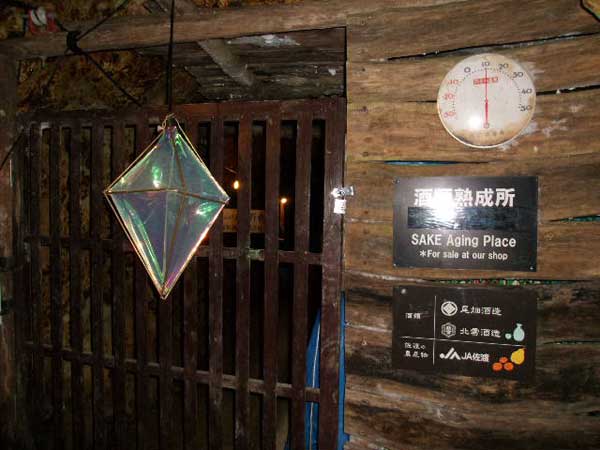A site of forced labor listed as a UNESCO World Heritage Site

[Wine cellars in Sado Gold Mine. Photo Credit to Wikipedia Common]
On July 27th, the UNESCO World Heritage Committee officially designated the Sado Island gold and silver mine in Japan as a UNESCO World Heritage Site.
The decision received unanimous approval from all 21 member states, including both the Republic of Korea and Japan.
Sado Mine, alias Sado Kinzan, located in Niigata prefecture of Japan, served as the greatest gold mine during Japan’s Edo period from the 16th to 19th centuries.
The mine is known for its long history and unique artisanal mining techniques employed in the process of mining.
However, during the Pacific War, approximately 2,000 Koreans were forced into labor under harsh and inhumane conditions to produce war supplies for the Japanese Imperial Army.
In his interview with AFP in 2022, Toyomi Asano, a professor of the history of Japanese politics at Waseda University, admitted, “Their working conditions were very bad and dangerous. The most dangerous jobs were allocated to them.”
Despite such a tragic history intricately associated with the mine, the Japanese government has advocated for the mine’s inclusion on the World Heritage List since 2018.
Previous bids were rejected due to South Korea’s opposition, as the World Heritage Committee requires unanimous agreement for such designations.
Since the first bid was submitted by Japan in 2021, South Korea has maintained a single stance: they would not hinder the consensus agreement if the Japanese government officially recognizes the existence of forced labor and includes related exhibitions as part of the mine’s history.
A breakthrough came when Japan and South Korea reached a compromise, agreeing to set up an exhibit and hold annual memorial services to educate visitors about the forced labor of Koreans.
Following this agreement, the South Korean foreign ministry stated it had approved the designation “on the condition that Japan faithfully implements the recommendation... to reflect the ‘full history’ at the Sado Gold Mine site and take proactive measures to that end.”
At the UNESCO meeting, Japanese Ambassador Takehiro Kano affirmed Japan’s commitment, saying, “We bear in mind all relevant World Heritage Committee decisions and Japan’s commitments in this regard, and we sincerely commemorate all the workers of the Sado mine, including those from the Korean Peninsula.”
As part of the negotiation, an exhibition section in the Aikawa History Museum commemorating Sado mine workers from Korea who worked under inhumane working conditions will be open to the public from July 28th.
Although the service is organized by a private local group, Japanese government officials promised their attendance to raise awareness on the issue.
Yet, concerns persist about Japan’s adherence to its commitments.
The UNESCO decision lacks legal enforcement mechanisms, sparking fears of potential historical revisionism.
Critics point to the case of Hashima Island, another site with a history of Korean forced labor, where Japan’s promised educational measures have fallen short.
The designation of Sado Mine has reignited public debate and criticism.
Professor Fumitoshi Yoshizawa of Niigata International Information University, who is in charge of compiling data collection on the Sado mine and the forced labor of Koreans, alerted, “We need to keep an eye on them so that they do not revise history with the perspective of revisionists.”

- Choisung Park / Grade 10
- North London Collegiate School Jeju

![THE HERALD STUDENT REPORTERS [US]](/assets/images/logo_student_us.png)
![THE HERALD STUDENT REPORTERS [Canada]](/assets/images/logo_student_ca.png)
